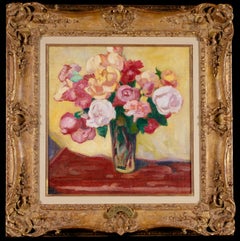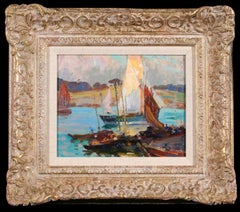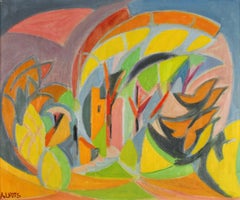About Leighton Fine Art Ltd
Welcome to Leighton Fine Art - dealers in fine Impressionist and Post Impressionist paintings - with a difference! In today's internet age we have chosen not to invest in expensive gallery space or huge stands at the major international art fairs. Instead we focus purely on our online business and continue to offer the best pieces at prices that make some of our competitors cry! If you want champagne and caviar with your purchase then you're in the wrong place - but if you want exceptional paintings at exceptional prices then stay and look around..... Everything is w...Read More

Established in 20011stDibs seller since 2016
VAT ID
GB881563500
Featured Pieces
1860s Hudson River School Landscape Paintings
Canvas, Oil
1910s Fauvist Still-life Paintings
Canvas, Oil
1930s Post-Impressionist Landscape Paintings
Oil, Panel
1940s Cubist Landscape Paintings
Canvas, Oil
1890s Realist Landscape Paintings
Oil, Panel
1890s Impressionist Portrait Paintings
Oil, Panel
Early 1900s Impressionist Still-life Paintings
Oil, Canvas
1910s Fauvist Landscape Paintings
Oil, Board
1910s Academic Nude Paintings
Canvas, Oil
Early 1900s Post-Impressionist Landscape Paintings
Canvas, Oil
1890s Impressionist Landscape Paintings
Canvas, Oil
1920s Impressionist Figurative Paintings
Oil, Panel



